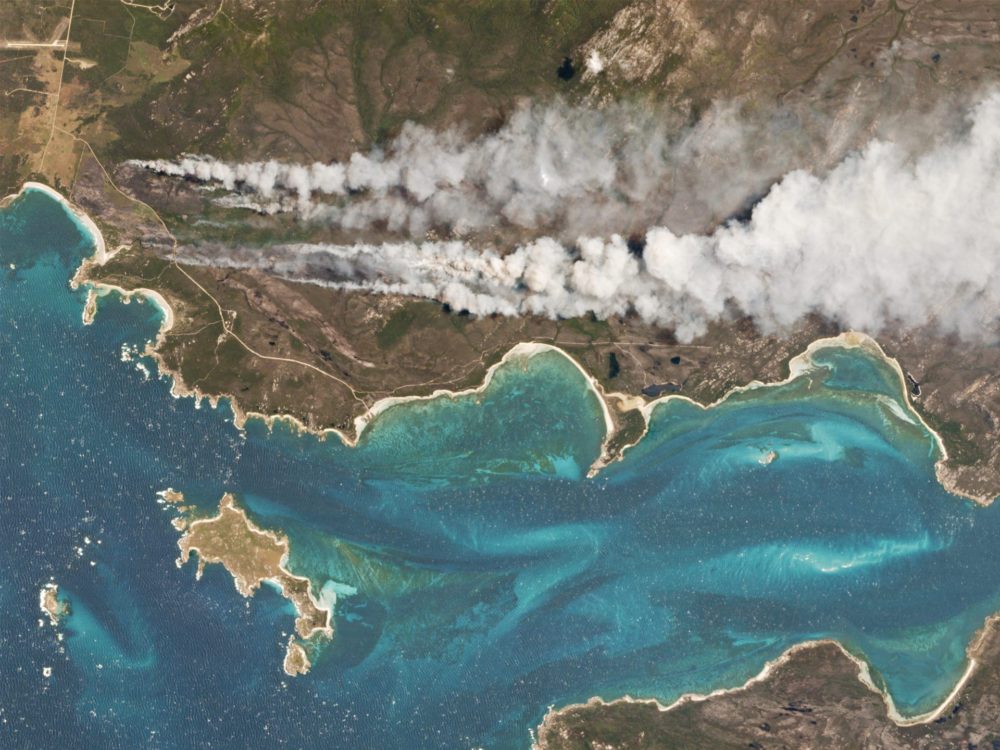From the early days of Landsat to present-day commercial providers, agriculture has always been one of the largest adopters of satellite imagery. By partnering with leading agricultural companies over the years, Planet has gained a window into the day-to-day challenges, concerns, and opportunities that growers have across the globe.
At Planet, our vision is to deliver precise and reliable field-level crop information to help agriculture companies and their growers optimize inputs, monitor crop health, and improve yield.
Here are the top misconceptions we’ve encountered about using satellite imagery for agriculture:
1. ‘My customers don’t trust results from satellite data’
We find the opposite. In addition to sending people out into the field to gather information, satellite data and insights can actually increase trust and help identify problems in the field. Our customers build vegetative indices that visualise crop health and then deploy that data to their growers and agronomists.
In many instances, a phone or tablet app helps spot water stress or disease, efficiently directing attention to locations in the field. Others build out reporting mechanisms that email users a list of areas for inspection.
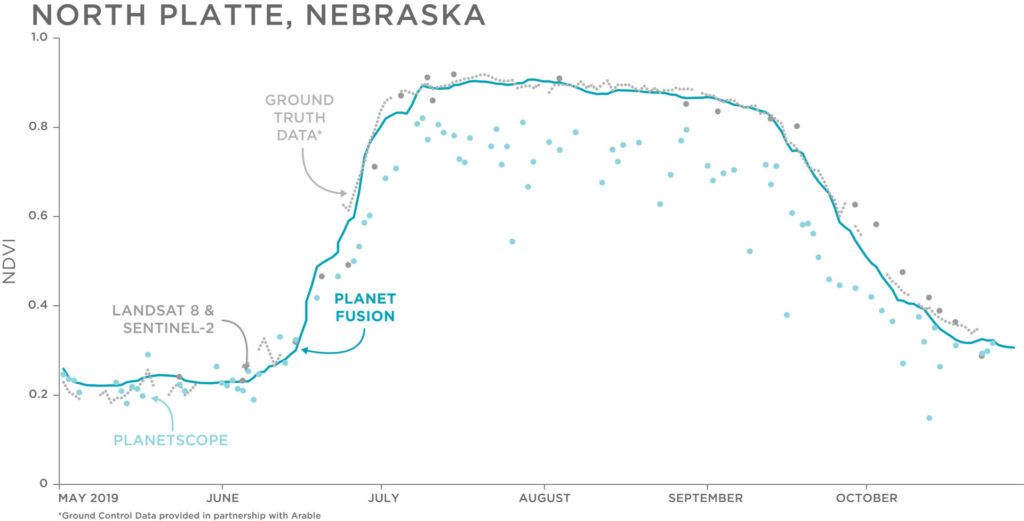
2. ‘My customers won’t be able to do anything with imagery. They just want answers’
A satellite image is more than meets the eye. By combining data from different portions of the electromagnetic spectrum, satellite data can be used to assess crop vitality with indices like the Normalized Difference Vegetative Index (NDVI), which shows whether plants are under stress, and what lifecycle stage a crop is in.
Planet customers such as Granular use our APIs to generate analytic visualisations that they integrate into their digital platforms, helping farmers optimize their inputs, such as fertilizers, and stay on top of threats to their crops.
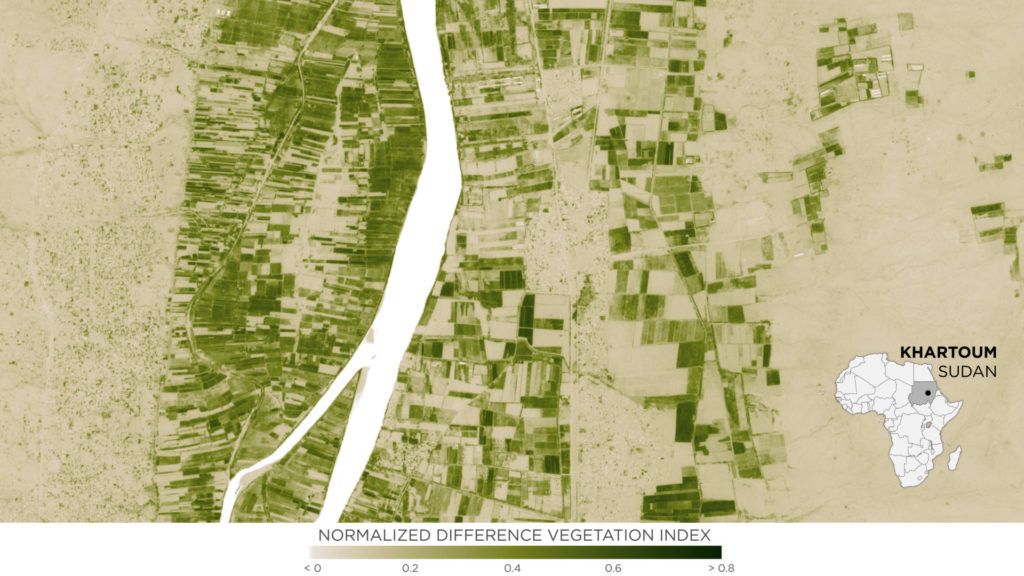
3. ‘We only need a few images over the growing season’
For some agricultural use cases, a few images during the growing season can provide base-level information on crop health – but not nearly enough to really take the best action.
Some crops present relatively narrow time windows for action specific to key growth stages. Having a reliable source of up-to-date imagery from our daily monitoring ultimately provides a higher likelihood of getting usable data, especially when the risk of weather events like clouds can impact data continuity.
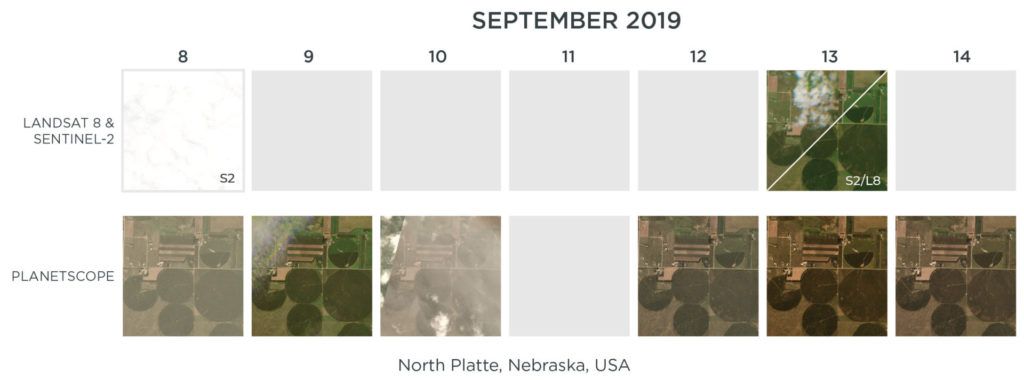
4. ‘Drones are the best solution for insights. Satellites are too coarse in spatial resolution to tell me anything’
Drones are great. They provide higher-resolution imagery over fields and are capable of delivering detailed insights to growers.
But drones are expensive to fly and they can only cover so much ground. Plus, you have to know where you want to fly ahead of time and schedule that flight.
With satellite imagery, you may trade spatial resolution for coverage – but when you need to deliver reliable, cost-effective insights at scale, there’s really no alternative.
While some satellite imagery may be too fuzzy to discern useful insights, PlanetScope‘s medium (3.7 meter) spatial resolution is ideal for discerning fine details, even in smaller-scale farming operations. And PlanetScope’s satellites are always switched on.
There’s no need to task them ahead of time. They deliver coverage of every acre on Earth.

5. ‘Public data is good enough, and commercial satellite data isn’t cost-effective’
Public Earth observation data from missions like Landsat and Sentinel can provide a ton of valuable information to scientists, researchers, and analysts.
The data itself is free – but getting insight from that ‘data’ is not. There are significant, time-consuming and expensive challenges involved in getting pipelines in place to transform public imagery into clean, processed data, and this can be a huge burden on customers and end users.
Planet’s modern, cloud-first APIs help process, stream, and deliver analysis-ready data at scale with the growth of your business.
With Planet, you can leverage the processing power of our platform to focus your expertise on your applications, versus building your own imagery processing and cloud infrastructure.
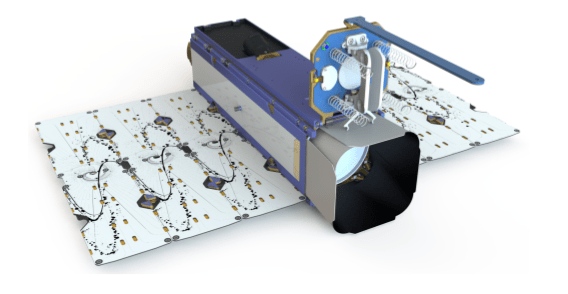
Still weighing your options?
Watch our on-demand webinar – ‘Delivering Satellite Data to Scale Digital Agriculture‘ – or visit us at planet.com/ag to learn more about innovative applications of satellite imagery in agriculture. Feel free to reach out to our team at [email protected] if you have any questions.

